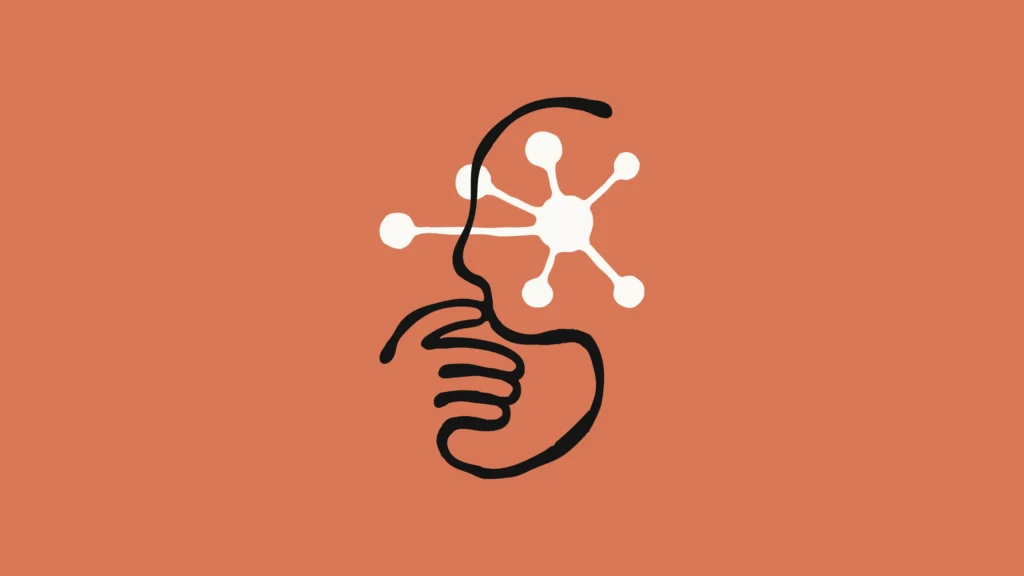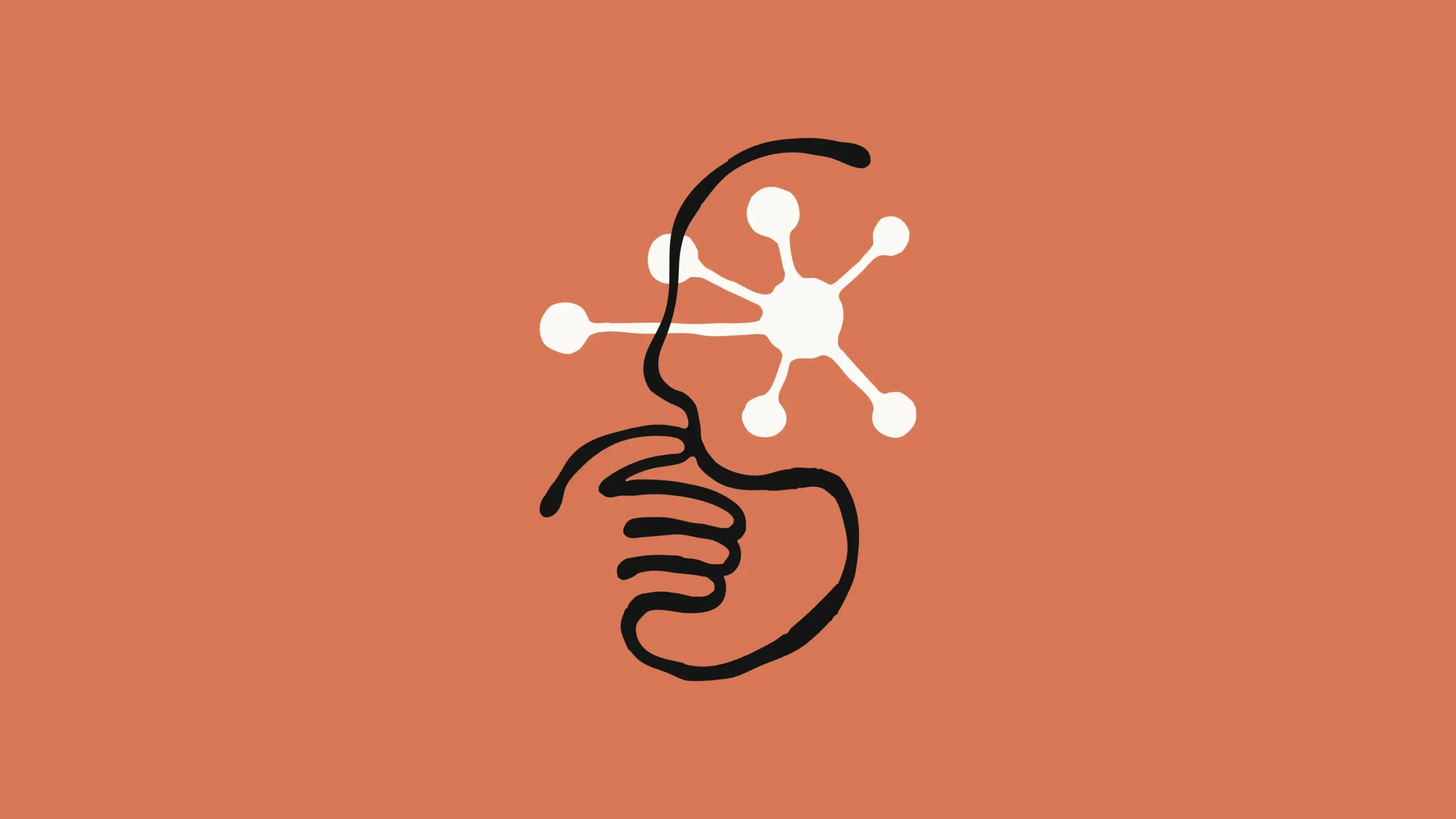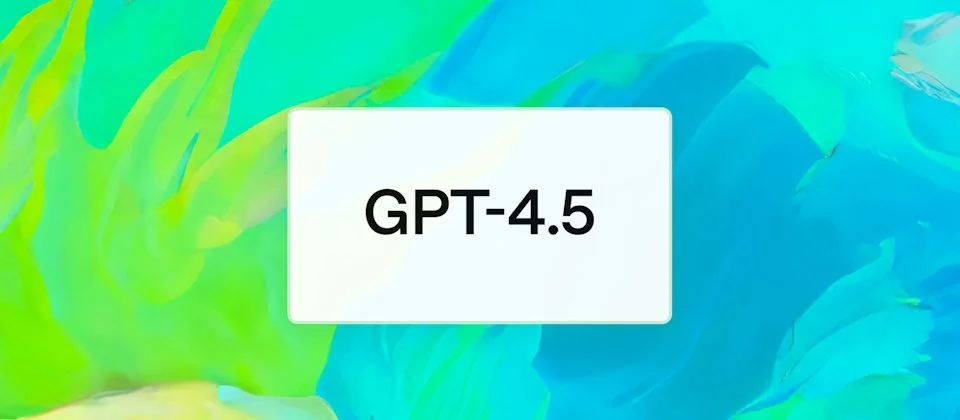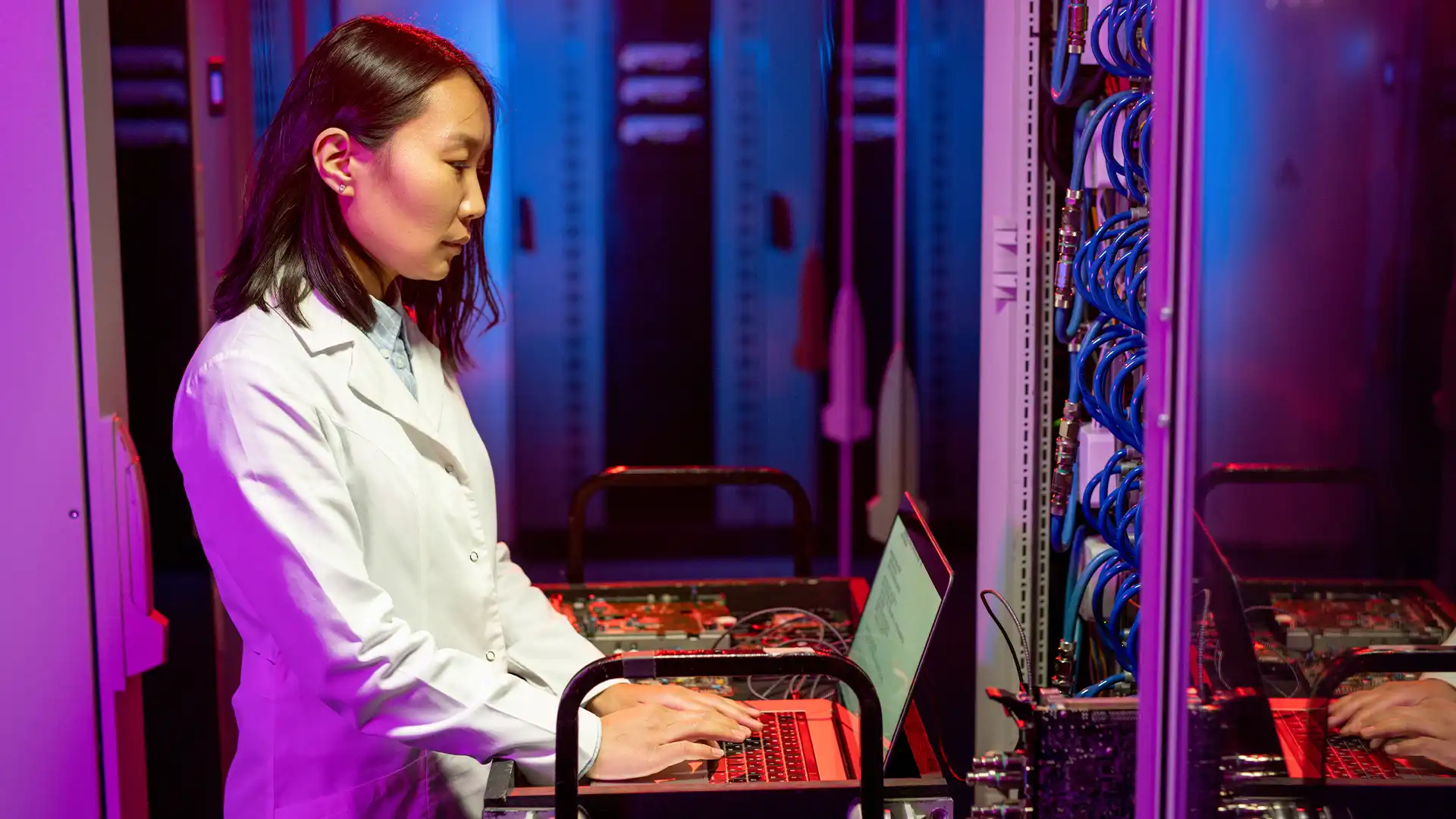When it comes to AI, speed is everything. But what if an AI could slow down – not to lag, but to think? That’s the promise of Anthropic’s latest breakthrough, Claude 3.7 Sonnet.
These AI models don’t just generate answers; they choose how much thought to put into them. Claude Haiku 3.5 and Claude 3.5 models were the foundation, and now with these new innovations, Anthropic is pushing the boundaries of what AI can do, blurring the line between rapid responses and deep reasoning.

A Leap Forward: What’s New in Claude 3.7 Sonnet?
In February 2025, Anthropic introduced Claude 3.7 Sonnet, a smarter AI upgrade. Instead of just being faster, it now has hybrid reasoning, making it more intelligent than before.
This model can switch between two processing modes:
- Standard mode for quick, concise responses.
- Extended thinking mode for complex, multi-step reasoning that allows it to dive deeper into challenging tasks.
This means Claude 3.7 Sonnet can handle both simple and complex tasks. It can chat casually like a friend but also solve tricky math problems with precise logic.
The Rise of Thoughtful AI
One of the key advancements of Claude 3.7 Sonnet is its ability to engage in “extended thinking.” This isn’t just a gimmick – it’s a game-changer.
Imagine you’re writing a science paper, a legal document, or a big coding project. Instead of rushing to answer, Claude 3.7 Sonnet pauses, thinks, and breaks down the problem step by step, like a real expert. This helps reduce mistakes, fixing one of AI’s biggest issues – making up wrong answers (also called “hallucinating”). By taking its time, the AI becomes much more accurate and reliable.
Outperforming the Competition
Naturally, when a new AI model drops, the inevitable question follows: How does it compare to ChatGPT, Gemini, or Grok?
According to early benchmarks and user reports:
- Claude 3.7 Sonnet outperforms ChatGPT-4 in complex problem-solving and logical reasoning.
- Its writing capabilities have improved, producing clearer and more structured content than its predecessors.
- Unlike many AI models that struggle with long-context retention, Claude 3.7 remembers key details better, making it ideal for research-heavy tasks.
Claude 3.7 Sonnet’s biggest advantage is its ability to switch between quick responses and deep thinking. This gives users more control over how much effort the AI puts into solving a problem.
The Extended Thinking Mode: A Double-Edged Sword?
An AI that “thinks longer” sounds great, but it has downsides. Some testers found that Claude 3.7 sometimes overcomplicates simple questions, giving more detail than needed. For quick answers, this can feel like a drawback instead of a benefit.
For example, if you ask:
“What’s the capital of France?”
A fast response is best for quick questions. But if you’re looking into something complex, like historical changes in governance, the AI’s “extended thinking” mode could give you deeper, more detailed answers. Users will need to decide when to use this feature for the best results.
Pricing & Accessibility
Anthropic has made Claude 3.7 Sonnet available across multiple tiers:
- Free users can access the standard mode, enjoying a refined AI experience.
- Pro subscribers ($20/month) unlock the extended thinking mode, allowing for deeper analysis.
- Enterprise users can integrate the model via Amazon Bedrock, making it a powerful tool for businesses and developers.
Anthropic keeps the basic version free to make it accessible to everyone. However, users who need more detailed features will probably choose the Pro or Enterprise versions.
Integration with Amazon Bedrock
A key part of Claude 3.7’s launch is its availability through Amazon Bedrock, making it one of the first major AI models to be seamlessly integrated into AWS’s ecosystem. This means businesses can:
- Embed Claude into enterprise workflows.
- Leverage its hybrid reasoning for automation.
- Build AI-powered applications without needing extensive AI expertise.
This could give Anthropic an advantage in the cloud AI market, competing directly with OpenAI’s Azure models and Google’s Gemini.
What Does This Mean for the Future of AI?
Claude 3.7 Sonnet changes how we see AI. Instead of just being a fancy autocomplete, it shows the future of AI: one that adjusts its thinking speed based on what the user needs.
This raises exciting possibilities:
- Will future AI assistants have “modes” for different user personalities?
- Could AI one day develop meta-cognition – knowing when it’s wrong and adjusting accordingly?
- How will human patience and expectations evolve when interacting with AI that “takes its time” to think?
AI is moving fast, and Claude 3.7 Sonnet isn’t just another update – it’s a glimpse of what’s coming next. As AI gets smarter, maybe it’s time for us to think more carefully about what we really want from it. Are we ready to shape AI’s future, or will it shape us?





